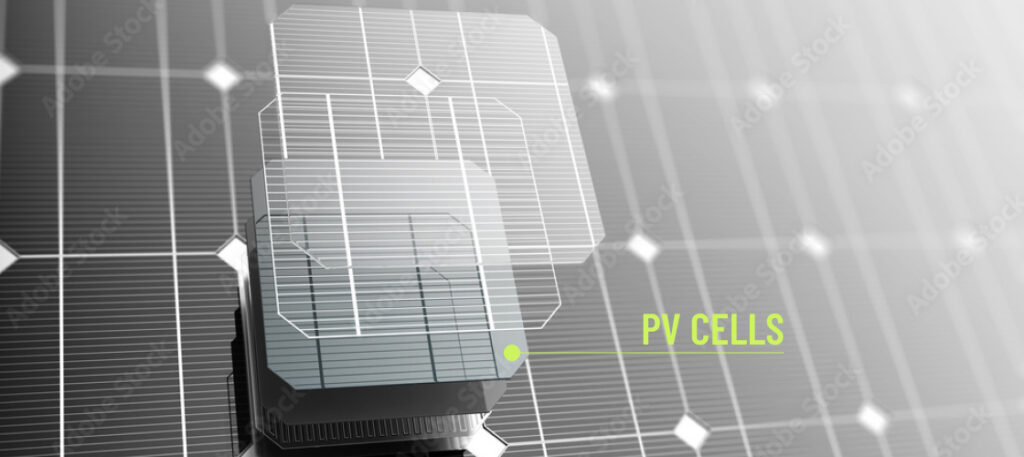Solar Panels Explained/How a Solar Panel Works (Basic), Shedding some light on Solar Panels
With so many incentives and credits out there, it’s no surprise that we’re seeing more and more solar panels pop-up on rooftops as you take a stroll through your neighborhood or drive down the freeway. We’re seeing huge solar arrays installed on farmland and small arrays added to the top of rvs and campervans. The US Energy Information Administration (EIA) reported a 34% increase in residential solar installs from 2020 to 2021. The recent Federal Solar Tax Credit increase to 30% means we are likely to see more significant increases in installations in the coming years. The financial benefits, along with the fact that solar is a clean renewable energy, help make the decision to add solar to your home a whole lot easier. The problem is many homeowners still don’t really understand what they’re buying. They want to know how the solar works and what it means to purchase a solar system for their home.

What is solar energy
Solar radiation is light that is emitted by the sun. Although the amount varies, every location on earth receives at least some sunlight over the course of the year. Solar panels capture this sunlight and turn it into energy by using photovoltaic (PV) technology. When sunlight hits the solar panel, energy from the sun is absorbed into the PV cells in the panel.
According to Smithsonian Magazine, America’s history with solar started in 1883 when New York inventor Charles Fritts created the first solar cell by coating selenium with a thin layer of gold. Later, in 1954, scientists at Bell Telephone discovered that silicone (found in sand) created an electric charge when exposed to sunlight. This is the same material we’re still using today, but it’s no surprise that the original silicone solar cells were much less efficient than the ones we find on the market now. Today, a series of silicon solar cells are covered by a sheet of glass and held together by a metal frame to make a solar panel. There’s wiring and circuitry in and behind the cells to collect the flow of electrical current out of the solar cells. Solar panels are also referred to as solar modules, and they weigh about 30 pounds.
Solar System Components
When you decide to add a solar panel system to your house, the solar cells (also known as PV modules) are just one part of it. Another important part of the system is the inverter. Electricity generated by the sun is called DC or direct current. The inverter converts this DC energy to AC or alternating current electricity. AC is a usable energy needed to power your toaster or microwave. The two common types of inverters are string inverters and microinverters. A string inverter is mounted on the side of the home and collects all the energy collected by your system in one place. Microinverters are small components attached to the underside of each solar panel, so the electricity is converted from DC to AC right at the panel.

Last, but certainly not least, the solar system is connected to the home’s electrical panel. This allows the generated solar to power everything connected to the panel including the refrigerator, air conditioning, and anything else using electricity.
Tesla Solar Roof
A standard panel array is one way to add solar to your home, and another possibility is the Tesla Solar Roof. It works in a comparable way to standard panels, but the solar roof is made up of photovoltaic tiles and replaces the existing roof on your home. The Tesla Solar Roof is a great option for customers building a new home or those in the market for a new roof due to age or storm damage. The Solar Roof tiles are engineered for all-weather durability. They are built to withstand wind up to 166 mph, 1.75 inch hail, and they were granted a Class A fire rating.

Fill out our client questionnaire today, so we can reach out and help you start taking advantage of the many benefits of solar!
Here at Greenway, we believe in solar for all. For homeowners, we install standard solar panels, EV chargers, battery storage, and the SPAN panel. We are also a certified installer of the Tesla Solar Roof and Powerwall. If you don’t own a home but want the benefits of solar, then subscribing to one of our three community solar gardens might be right for you.
Certified to Install:



Get Greenway Updates in Your Inbox.
Enter your email to receive notifications of new posts.







